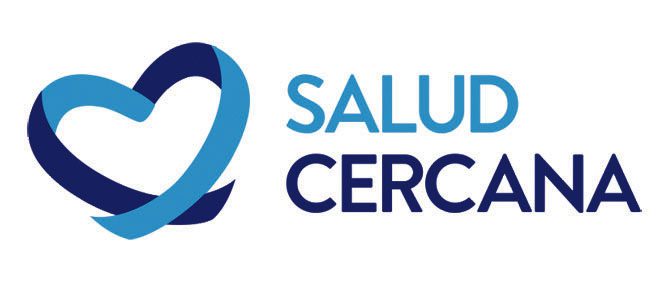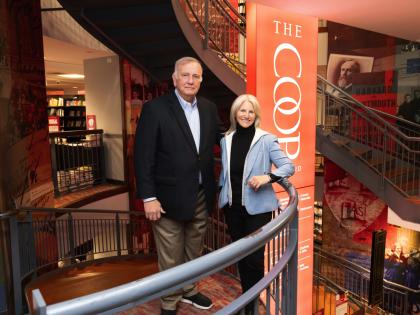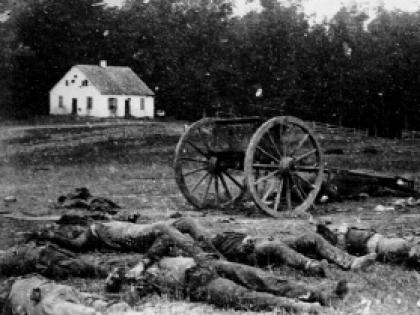Ironically, nothing bedevils lower-income people gaining a foothold in the cash economy more than dealing with cash, particularly in developing nations with poor infrastructure. It’s an improvement on perishable stores of value (cows, for instance). But cash can be readily stolen. Getting it from, say, a worker at an urban job to a rural family can involve a time-consuming and expensive bus trip, or reliance on suspect couriers. Many such places lack banking systems: it is too expensive to build and service branches in the countryside; low-income consumers are neither substantial savers nor prospects for home loans or other bank staples; and even if they were, many potential customers lack formal documentation and fixed places of residence. As of 2009, perhaps half the world’s four-billion-plus people at the base of the pyramid had no access to formal financial services, even as their need for moving money—accepting remittances, paying bills, and transferring funds—ballooned.

This is just the sort of need that calls for innovation to serve potential customers. Mobile telephony, as it happens, provides a solution, as examined in the Harvard Business School (HBS) course “Business at the Base of the Pyramid.” Cellphone ownership is becoming universal, and users are typically served by thousands of local retailers who sell minutes. When the British multinational firm Vodafone launched M-PESA (“mobile pesa,” the Swahili word for money), a low-cost money-transfer service, in 2007 in Kenya with its partner Safaricom (Vodafone owns 40 percent, the Kenyan government 35 percent), the response was immediate. Within three years, according to a case used in “Business at the Base of the Pyramid,” 40 percent of Kenyan adults had accounts. The Economist recently reported that the value of transactions effected through M-PESA is equivalent to 40 percent of the nation’s Gross Domestic Product—lubricating the economy, liberating customers’ time, supporting those retailers, and, of course, strengthening Safaricom’s market share. Now, new competitors are emerging—an aim, not always achieved, of social-impact-minded investors.
Meanwhile, Vodafone’s director of mobile money, Michael W. Joseph, A.M.P. ’98, now oversees the technology in use from the Congo to Romania. And the Bill & Melinda Gates Foundation recently highlighted phone-based money storage and payments as one of its four “breakthroughs” for the world’s low-income people during the next 15 years—the first step toward broad “financial inclusion” as incomes and banking needs increase; the foundation even invested in bKash, a mobile-money enterprise in Bangladesh.
So much for significant, but relatively simple, functions such as moving money. Can mobile phones lead to breakthroughs in high-touch services like healthcare?
Entrepreneur Santiago Ocejo, M.P.H. ’10, M.B.A. ’14, thinks so. A physician who worked on medical-device innovation and low-income healthcare services at Stanford and Harvard, he now aims to address one of the most widespread chronic diseases in Mexico, his native country. Mexico, he noted, has made “a very fast transition from a developing-country disease profile to a developed-country profile”: from infectious diseases to chronic ones like diabetes and cardiovascular ailments associated with decreasing exercise and the “shift in the nutritional platform” to increased consumption of fast food, soft drinks, and so on.
Heart attacks have been the leading cause of death for many years, Ocejo said, but in the middle and lower classes, appropriate care addressing the causes is uncommon. One-third of Mexicans are hypertensive, he said, citing a leading indicator of future cardiac ills, but only one-third of those affected are aware of the problem. “They do search for healthcare,” he said, but lack adequate insurance or ready access to suitable providers: visiting a clinic may involve long treks—and long lines; lab tests and prescriptions may involve travel to different locations, and paying out-of-pocket fees; and continuous access to an expert practitioner is rare. Too often, when the problem appears as chest pain, the patient neglects it, and is killed by a second heart attack: 93 percent of those who die succumb at home, not in care settings.
Salud Cercana (“health close to you”), being tested this summer, aims to bring basic cardiac care to this population through a high-quality, low-cost system of primary-care providers and technology: the sweet spot for reaching base-of-the-pyramid customers. (Ocejo encountered some of those principles in a section of the HBS course taught by professor of business administration Shawn Cole, who has experience in finance, insurance, and mobile-phone-based agricultural-advisory services in rural India.)
His model, Ocejo explained, focuses on preventing disease and promoting health by providing consistent primary care, rather than delivering acute care after a heart attack. “Hypertension is a wellness issue,” he said, so Salud Cercana aims to encourage a healthy lifestyle and focused care on a subscription basis, for $15 per month: about one-third the costs hypertension patients in his target market now incur for time-consuming, uncoordinated, inferior care. Following the microfinance model, where loan officers reach out to community groups, “health coaches” will call on the affected population to enroll patients. Cohorts of several hundred patients will be evaluated by Salud Cercana-selected physicians based in local clinics (for which the company will provide start-up funding). Once enrolled, patients will be provided with a proper generic medication and advised, through a mobile-phone app and consultation with the health coach, to follow their medical regimen and adopt diet and exercise routines. There may even be social reinforcement of these behaviors among members of the cohort, much as communal microfinance clients assume collective responsibility for repaying loans. Customers who respond to the health prompts and wellness programs will receive an incentive in the form of cellphone minutes or a points system. Finally, for those who do suffer a cardiac event, insurance will provide up to a $3,000 lump sum for hospital care.
In effect, Salud Cercana guarantees the costs of wellness care and of hospitalization for a single, expensive, and life-threatening condition. It plans to do better than the current system by integrating efficient, effective care through its physician network and wellness plans that patients cannot otherwise access. Low-cost mobile-phone technology plays a key role.
Although he was readily able to secure commitments for startup funding, Ocejo said, it took months to close the deal in a form that satisfied both Mexican and U.S. investors, given the less-developed state of venture financing in Mexico. That hurdle overcome, the company’s six-person team pilot-tested the service among 30 prospective customers, and expects to unveil the first physician clinic by summer’s end. If it works, Salud Cercana will be Mexico’s first prepaid primary-care plan for low- and middle-income patients with cardiac diseases.







